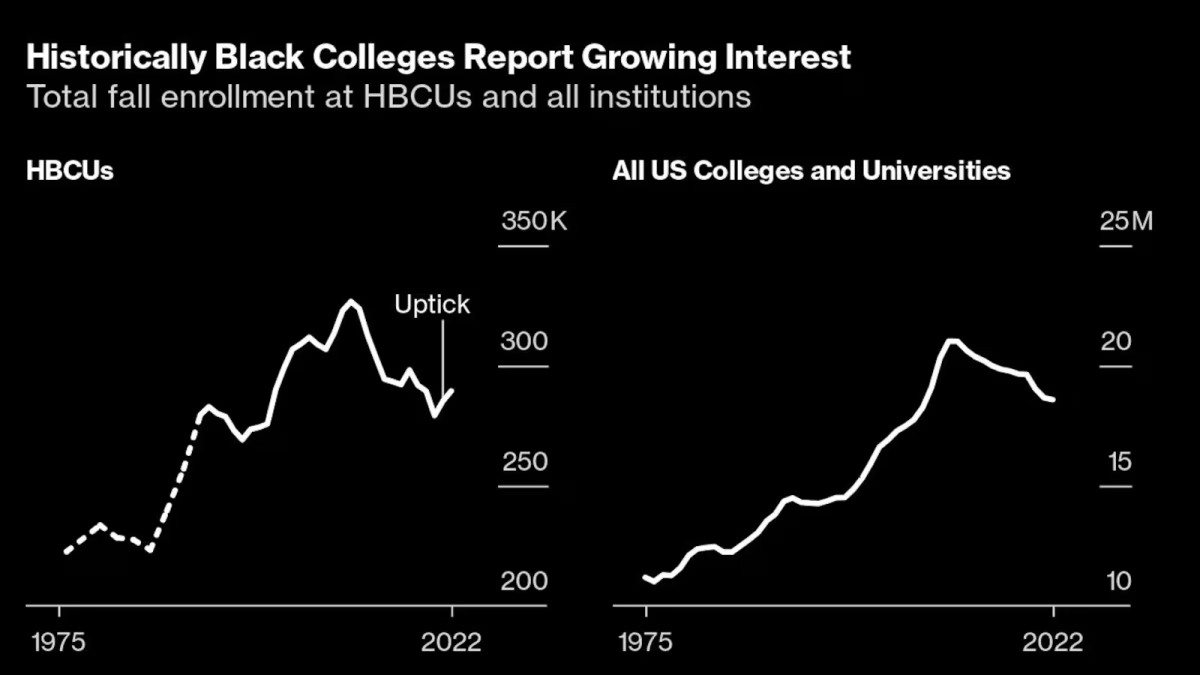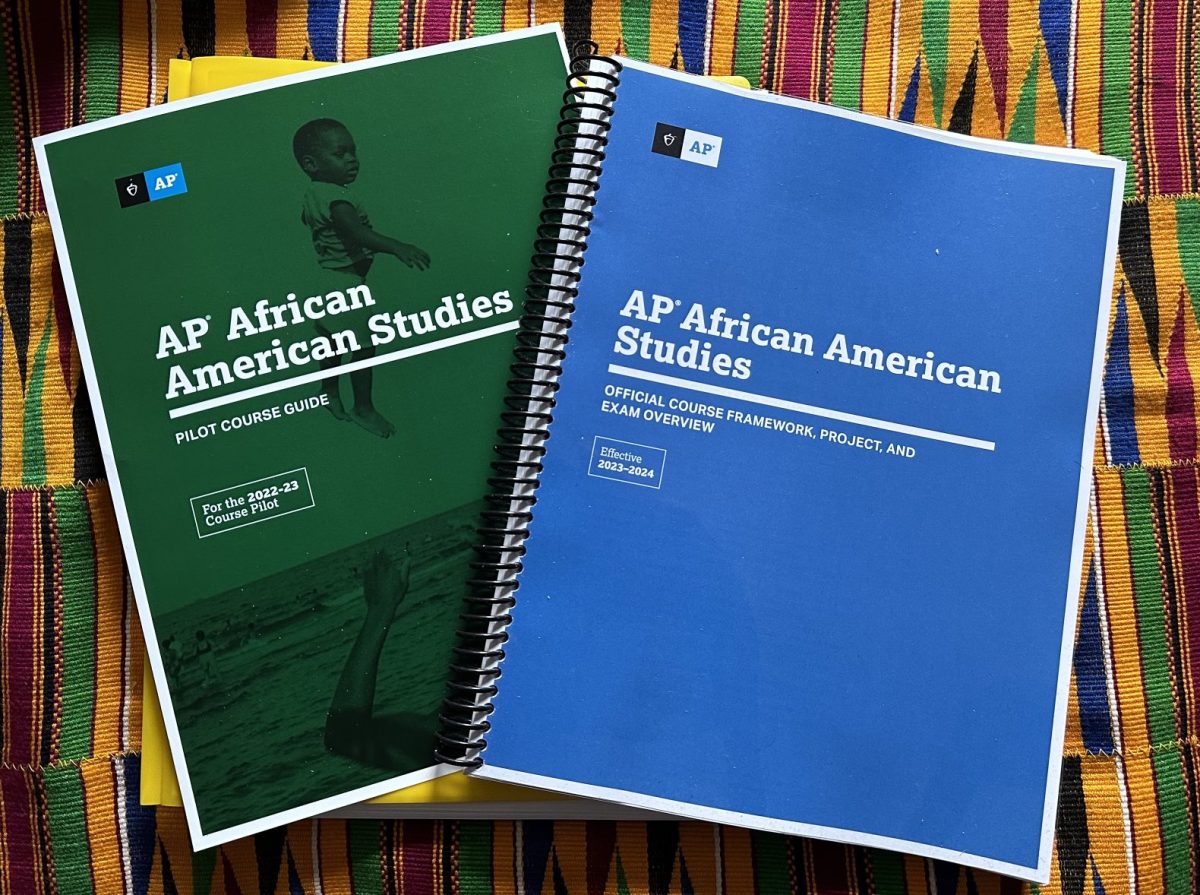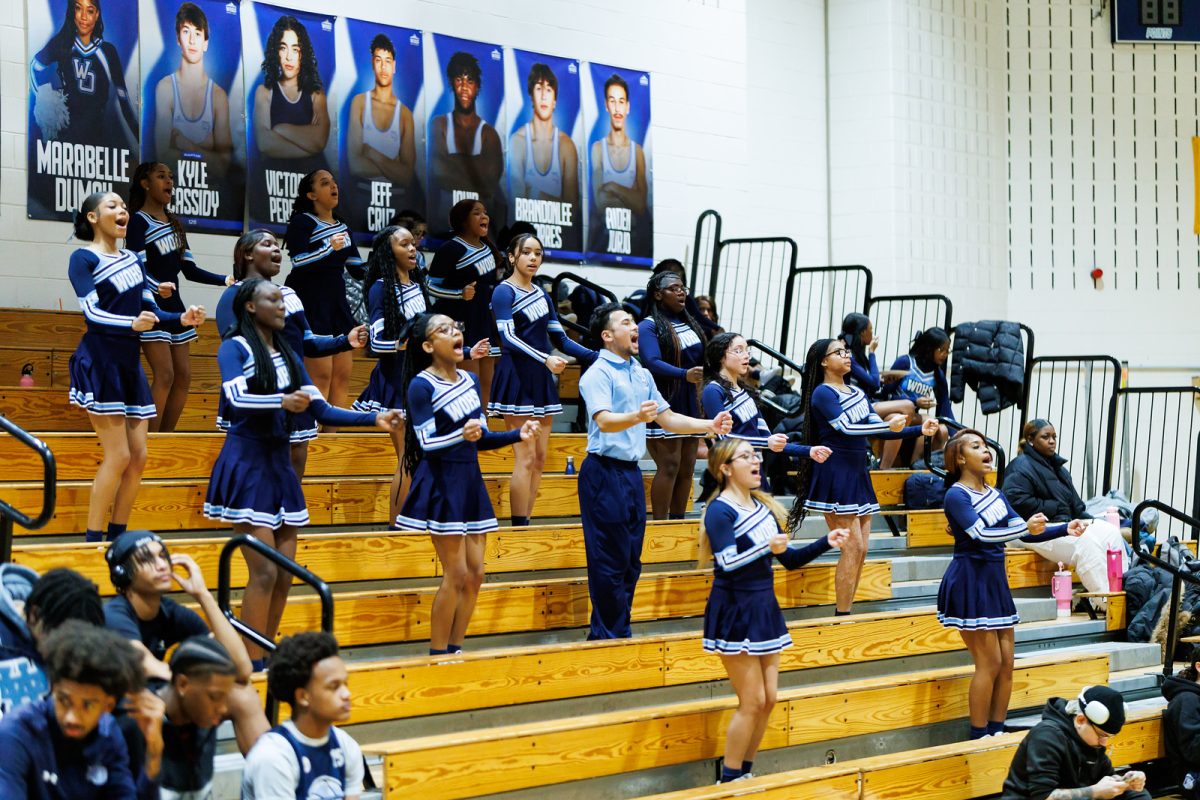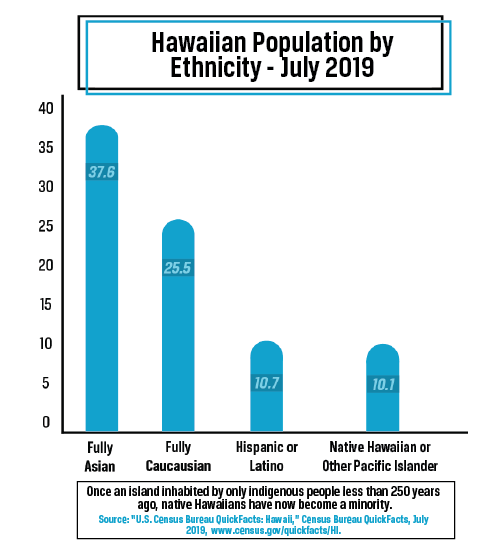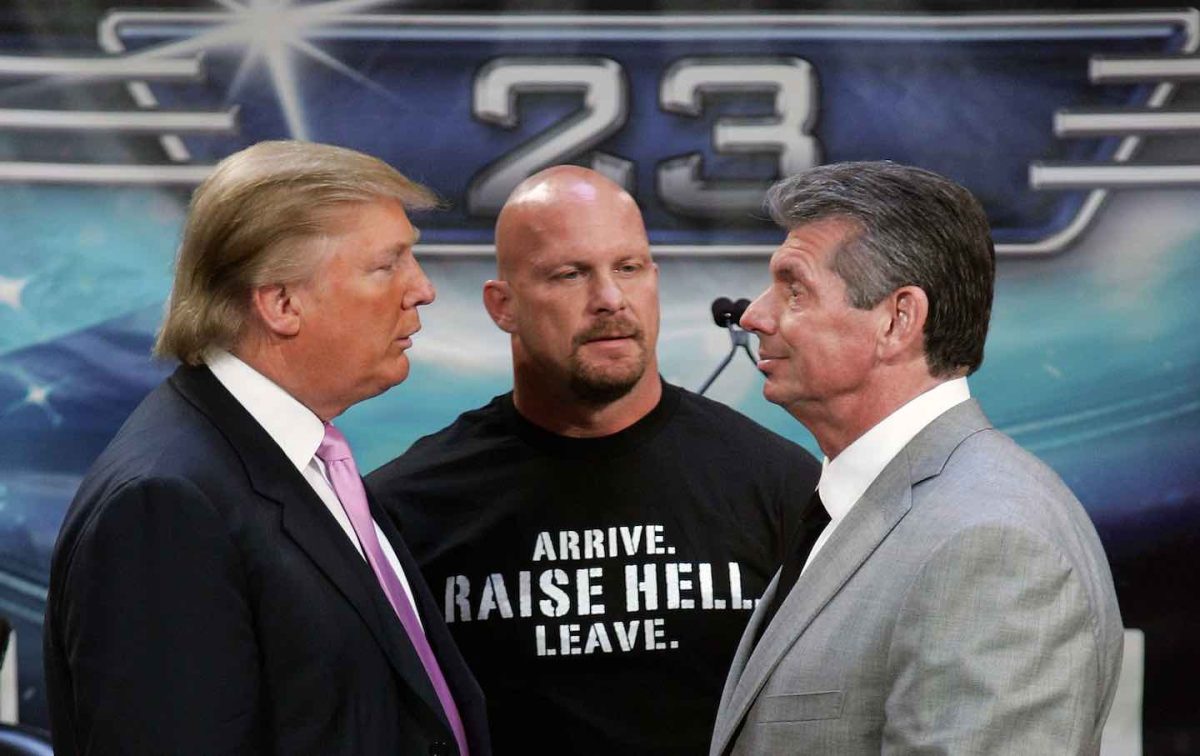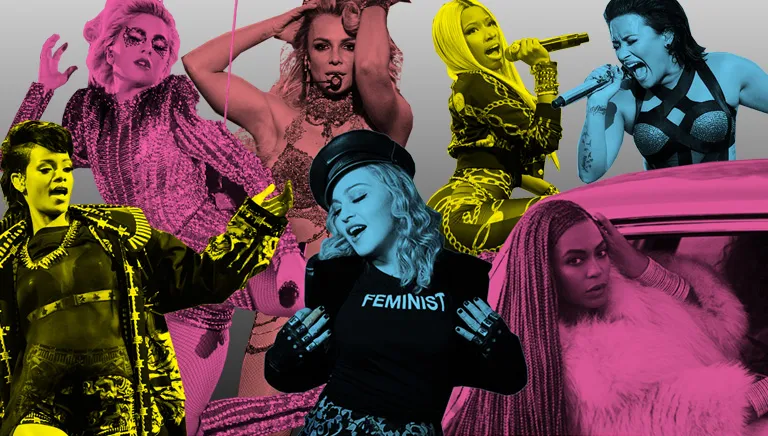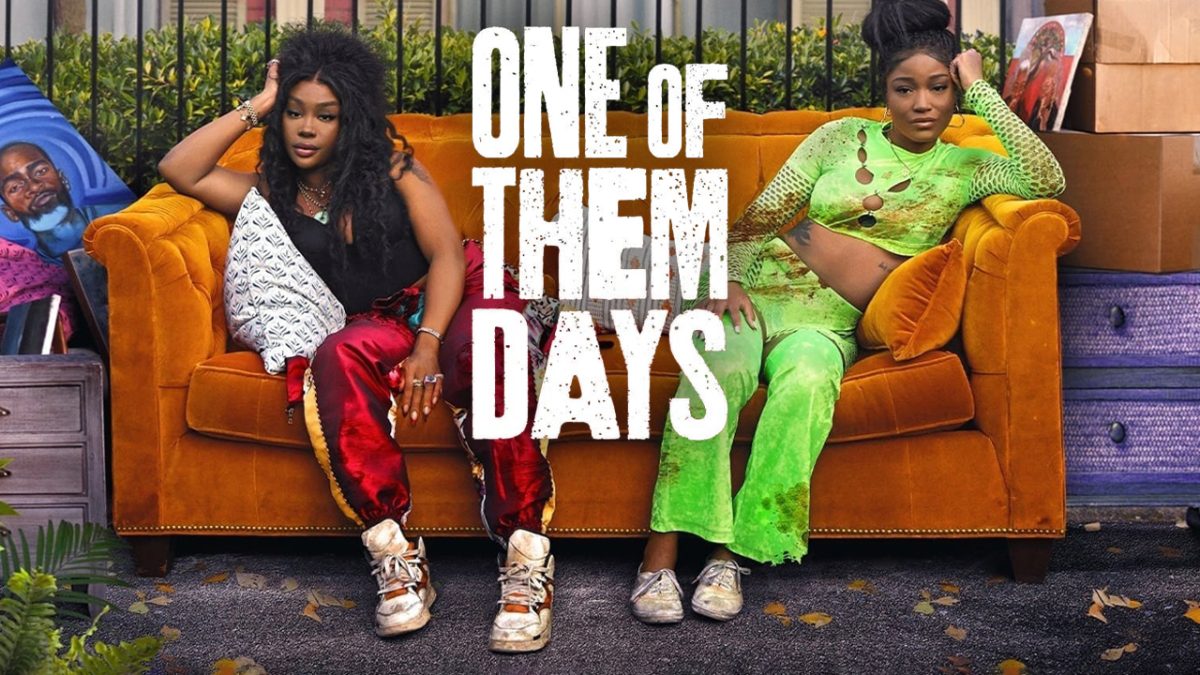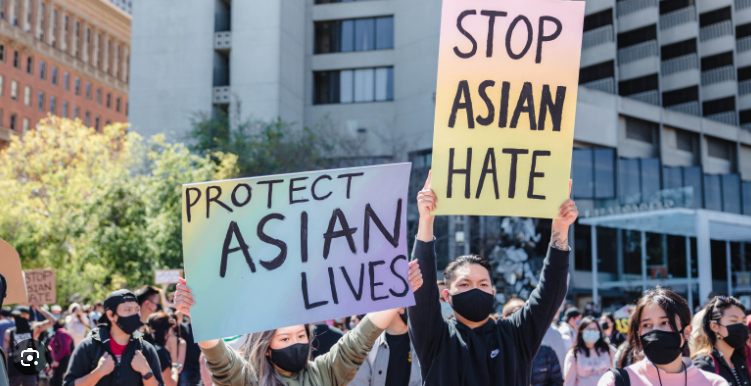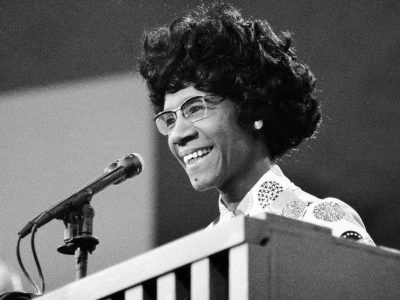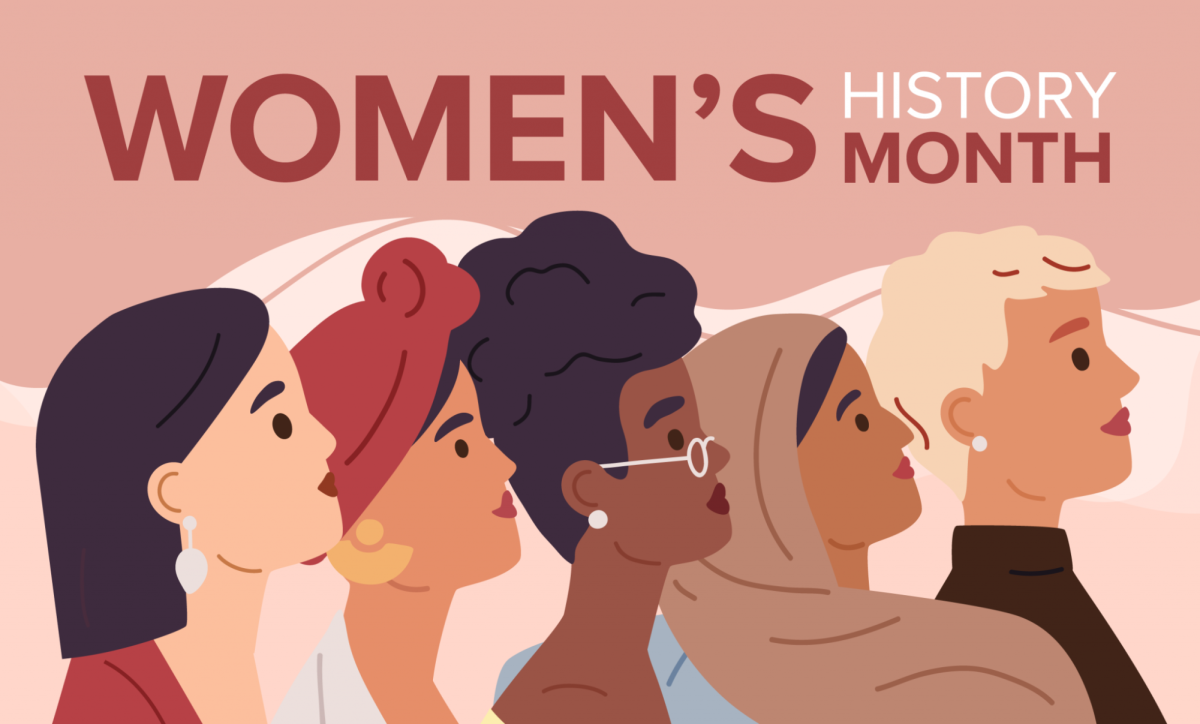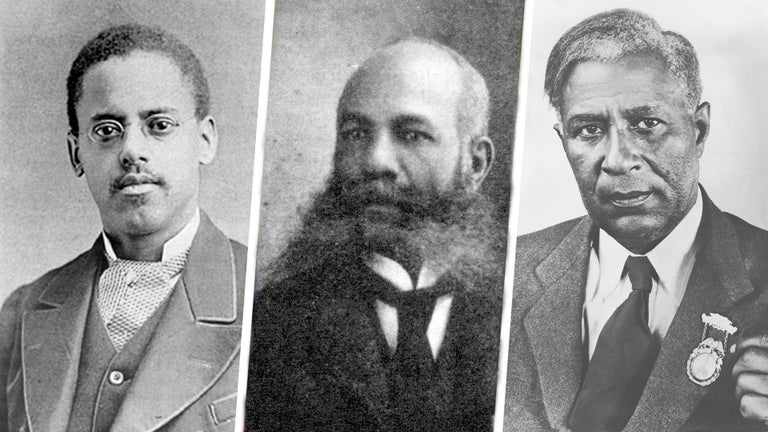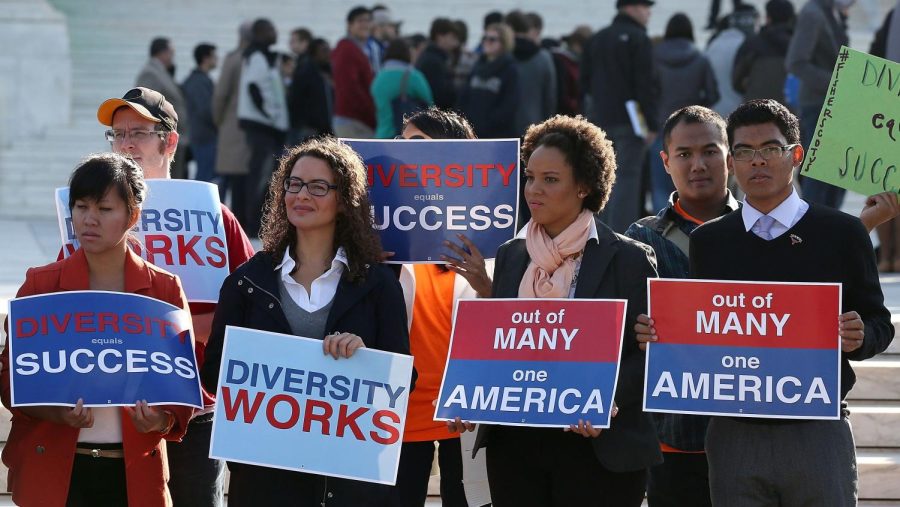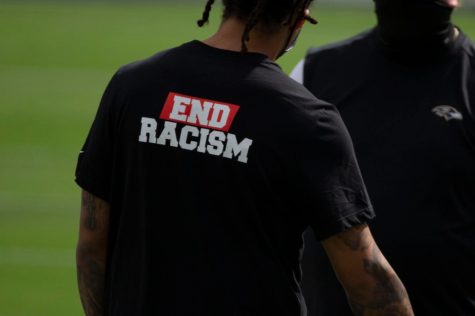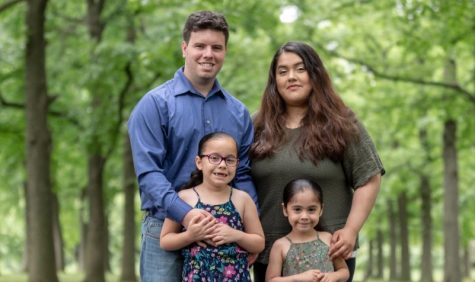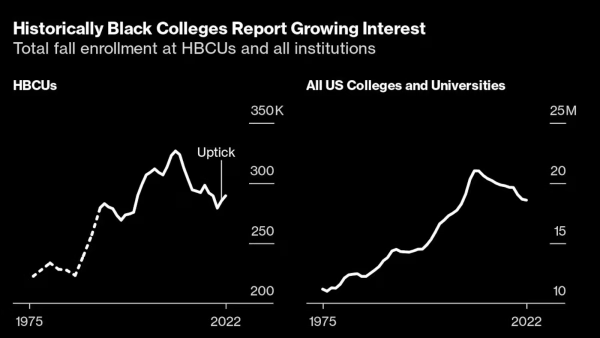Affirmative Action
Affirmative action is a mainstream political issue at the moment, affecting the lives of millions of minorities fighting to counter injustices they have experienced in the past.
This matter has existed since the 19th century. However, it was solidified in President Kennedy’s Executive Order in 1961. Before becoming more educationally driven, affirmative action was put into effect to ensure job security. Kennedy stated in his address, “The contractor will take affirmative action to ensure that applicants are employed and that employees are treated during employment, without regard to their race, creed, color, or national origin.”
After it was established, colleges adopted the practice to diversify their campus and give equal opportunity to all applicants in order to eliminate any unlawful discrimination. Affirmative action is put into place to end generational trauma driven by the cycle of poverty.
Families in the minority may be unable to access the same level of education as a family that has been offered more opportunities to succeed. By considering race, admission teams are able to make more conscious decisions about how the individual has used their resources and what they have been able to accomplish in the face of adversity.
The Supreme Court has recently taken on two cases involving affirmative action: Students for Fair Admission v. President and Fellows of Harvard and Students for Fair Admission v. University of North Carolina. There is a constant in the plaintiff, seeing as it is the same organization. The Students for Fair Admission, or SFFA is led by Edward Blum who has tried to eliminate affirmative action in the past and failed. He says, “We believe that a student’s race should not be used to help, or harm, that student’s chances of being admitted to a competitive college.”
If the policy is repealed, colleges would not be allowed to consider race as a factor; rather, they would base their decisions on a student’s merit, extracurriculars, athletics, etc. Yet, the Supreme Court argued that affirmative action promotes diversity and enriches the learning experience, a sign that they are not likely to rule the case in the SFFA’s favor.
The median wealth of a black family is 1/13 that of a white family and even in five lifetimes of hard work that gap would not be closed. Affirmative action is arguably the only way to close the gap faster. If the supreme court rules to remove it, generations could be set back and the cycle of poverty will continue.
This is apparent in California after a study done at UC Berkeley in 2020 showed a decline in Black and Hispanic enrollment after a proposition was passed to remove affirmative action.
It’s important to note that race isn’t the only defining factor for many college decisions, it’s purely used to benchmark a student’s abilities. While it can be hard to truly evaluate the opportunities someone has been given, we can not just disregard the oppression many face and make the world blind to race.



